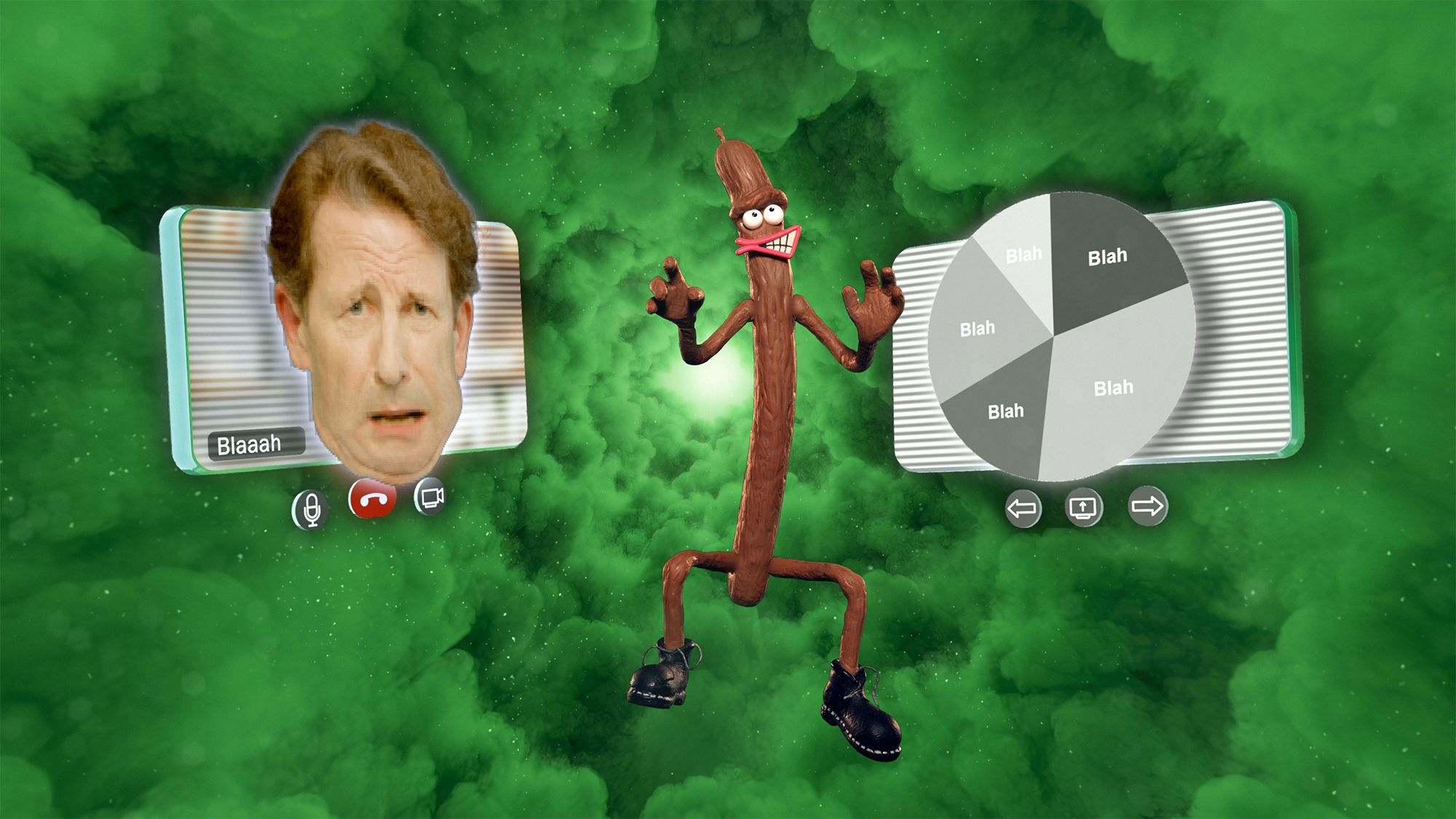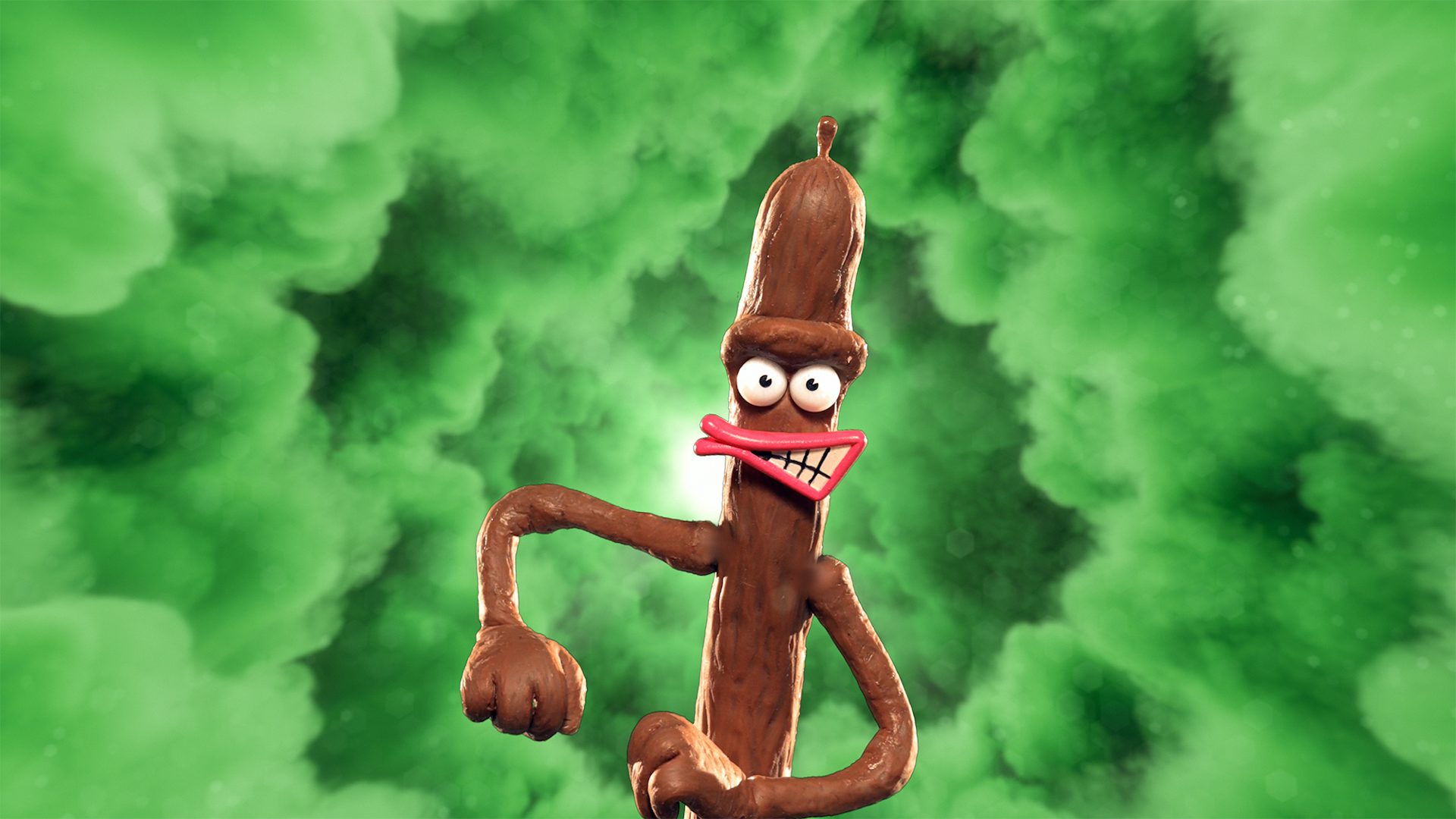How Peperami de-toxified its Animal mascot
Peperami’s much-loved Animal mascot has been given a makeover for the contemporary age, keeping his swagger while losing the laddy 90s elements of his character. David Craft of Fearless Union explains how it was done
Masculinity. It’s one of those words that triggers instant debate nowadays. Gone are the days when being a bit blokey was simply part of everyday British life. These days, masculinity itself is on trial, accused and often convicted of toxicity. And let’s face it, the shift hasn’t exactly been smooth sailing.
On one hand, society’s evolving attitudes have been crucial in challenging harmful stereotypes, but on the other, some men feel unfairly demonised, uncertain whether there’s still room to be a bloke without becoming a villain.
Enter Peperami’s Animal. Remember him? If you lived through the 90s, Animal wasn’t just a character; he was an embodiment of the era itself – unapologetically aggressive, often nihilistic, and undeniably memorable. He was loud, brash, confrontational, and, let’s be honest, the sort of character you’d deliberately avoid if you saw him swaggering your way after a few pints on a Friday night.
But here’s the thing: from a pure marketing perspective, Animal was gold. He was Peperami’s single most distinctive brand asset – instantly recognisable and brilliantly salient. Brands spend millions and decades striving to achieve that kind of iconic memorability. Peperami had it handed to the brand on a silver platter.
But times changed, and Animal didn’t quite make it through to the 2020s intact. The challenge became clear: could we resurrect this iconic character without losing his power, yet still make him relevant in our increasingly sensitive cultural landscape?
That’s when inspiration struck in the unlikely but fitting form of another British legend – James Bond. Think about Bond for a second: countless portrayals, multiple reinventions, yet always fundamentally the same. Daniel Craig’s gritty realism was worlds apart from Pierce Brosnan’s suave (cheesy) smoothness. Yet, undeniably, both were James Bond. This raised a crucial question for us – what exactly made Animal, Animal? And how could we protect those elements whilst making sure he wasn’t dragged into cultural irrelevance or cancelled into oblivion?
The first part of the solution was purpose. Animal’s original aggression was all over the place, entertaining but random and directionless – essentially the embodiment of 90s lad culture on steroids. For today’s climate, that simply wouldn’t cut it. But aggression itself isn’t inherently bad; it’s the lack of context that makes it problematic. So, we asked ourselves, what if Animal’s fury had a clear direction, a righteous mission that people could get behind?
We transformed Animal’s deranged aggression into focused determination. Now, instead of simply losing his temper at random, Animal became an unwavering advocate of snack satisfaction. No barriers, no obstacles – just one clear objective: ensuring that when you’re hungry, Peperami delivers every single time.
By carefully repositioning Animal, Peperami hasn’t just avoided irrelevance, it’s actively embraced the zeitgeist, maintaining its iconic status while staying firmly on the right side of history
We didn’t tone Animal down; we sharpened him up. His intensity, his irreverence, his relentless energy – they all remained intact but became channelled into a relatable, even admirable, form of purpose-driven madness. But purpose alone wasn’t enough. We needed authenticity and consistency to make the new Animal genuinely resonate with consumers.
And here’s where the real fun began – meticulous character development. We gave Animal a comprehensive back story, motivations, even a precise set of behavioural rules. Where does Animal hang out? What’s his favourite pub? How would he react if he missed the bus or ran out of ketchup? Every scenario was mapped out to ensure consistency and believability in how Animal behaves.

Why bother with such depth for a pork stick mascot, you might wonder? Because authenticity is critical in today’s market. Consumers are adept at sniffing out brands that fake relevance or force-fit their characters to societal expectations. Authenticity builds genuine connection, and genuine connection taps into the System 1 decision-making that sells snacks. Animal’s believability makes him relatable; relatability makes him valuable.
So, where have we landed? Animal 2.0 retains everything memorable about the original character – aggression, humour, distinctiveness – but in a culturally intelligent and undeniably contemporary way. He’s no longer just a reckless lad looking for a fight. He’s now your snack satisfaction advocate, someone whose purpose you can actually rally behind.
By carefully repositioning Animal, Peperami hasn’t just avoided irrelevance, it’s actively embraced the zeitgeist, maintaining its iconic status while staying firmly on the right side of history. Animal is back, louder than ever, but this time he’s relevant, righteous, and utterly ready for today’s consumers.
David Craft is strategy director at Fearless Union; fearlessunion.co.uk




